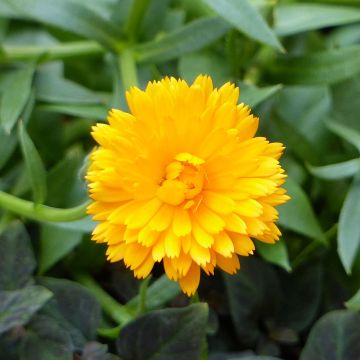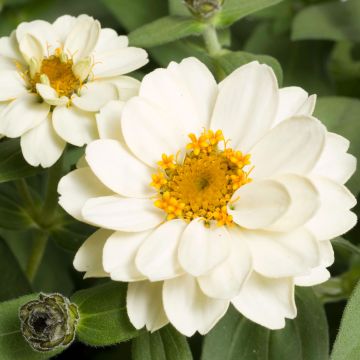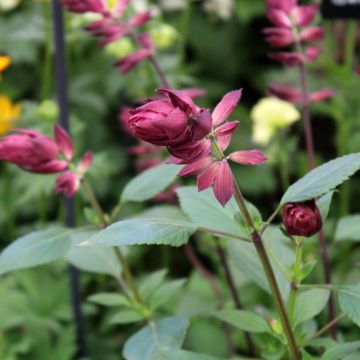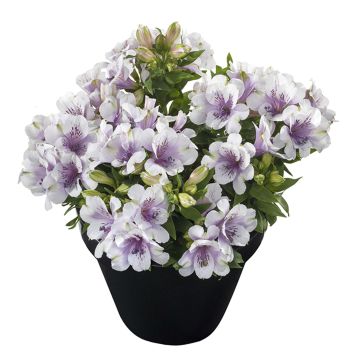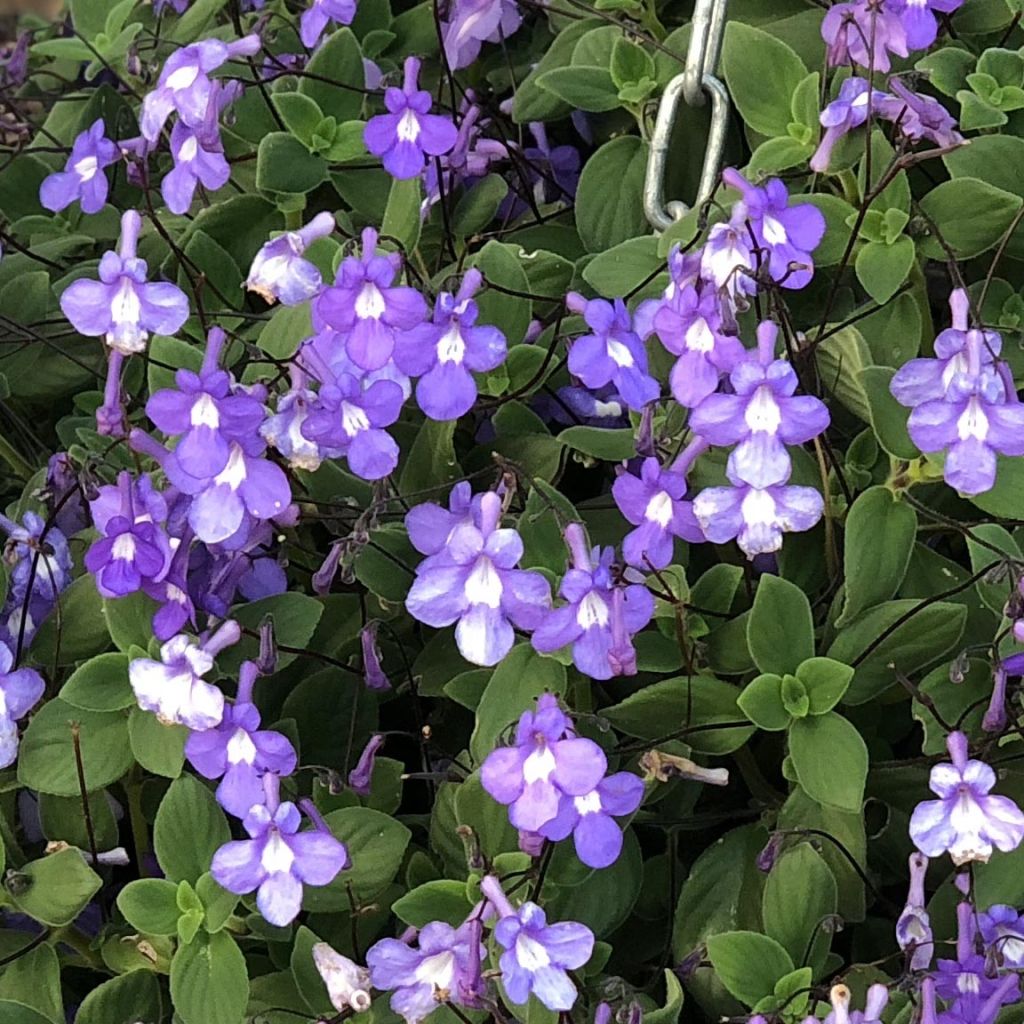

Streptocarpus saxorum Purple


Streptocarpus saxorum Purple
Streptocarpus saxorum Purple
Streptocarpus saxorum Purple
False African Violet
Unfortunately (not wanting any plastic), 2 out of 5 plants arrived damaged. In short, recommending secure packaging in the end.
Lucien, 17/05/2024
This item cannot be shipped to the selected country
Delivery charge from €5.90
Delivery charge from €5.90
Delivery to Corse prohibited
More information
Schedule delivery date,
and select date in basket
This plant carries a 6 months recovery warranty
More information
We guarantee the quality of our plants for a full growing cycle, and will replace at our expense any plant that fails to recover under normal climatic and planting conditions.
From €5.90 for pickup delivery and €6.90 for home delivery
Express home delivery from €8.90.
From €5.90 for pickup delivery and €6.90 for home delivery
Express home delivery from €8.90.
Delivery to Corse prohibited: UE law prohibits the import of this plant from mainland France to Corse as part of the fight against Xylella fastidiosa. Please accept our sincere apologies.
More information

Does this plant fit my garden?
Set up your Plantfit profile →
Description
Often grown as an annual in our climate, Streptocarpus saxorum Purple, also known as the False African Violet, is a lovely and floriferous little plant. It is a frost-tender perennial that forms rosettes of leaves similar to those of primroses and produces delicate flowers shaped like deep blue-purple trumpets. With the right growing conditions, this plant can flower almost all year round, even indoors. It requires a fertile, humus-rich, moist but well-draining soil, and a semi-shaded exposure.
Streptocarpus hybrids are plants of the gesneriad family often derived from Streptocarpus rexii, a non-hardy South African perennial. In nature, this species grows on shaded slopes or rocky cliffs, in humus-filled and cool crevices. The 'Purple' variety, quite rare in cultivation, produces rosettes of large, entire, velvety and undulate leaves measuring 20 to 30 cm (8 to 12in) in length and 4 to 6 cm (2in) in width, in a medium green shade. The rosettes reach a height of 25 to 35 cm (10 to 14in) and a width of 30 cm (12in). The flowering is almost continuous in a mature plant grown under optimal conditions, provided that faded flowers are regularly removed. The flowers, with 5 petals and relatively large compared to the size of the plant, are arranged in very loose clusters. They have tubular and flared trumpet shapes, delicately and vividly coloured, almost as refined as orchids. They are a dark blue-purple, illuminated by a small white throat finely striated and veined with dark violet, in harmony with the corolla. The foliage, theoretically evergreen, is quite fleshy, slightly velvety and corrugated.
Streptocarpus Purple is a very beautiful indoor plant that can provide a permanent and stunning decoration. Streptocarpus plants thrive in cool environments and semi-shade. In planters or hanging baskets, these plants are beautiful for a large part of the year and enjoy spending the summer on the terrace, in the shade. They can be paired with gloxinias, but Streptocarpus is usually grown on its own because it is a plant that stands out and must be admired up close for the incredible delicacy of its flowers.
Note: Please be aware that our plug plants are professional products intended for experienced gardeners: upon receipt, repot and store them in a sheltered place (veranda, greenhouse, cold frame...) at a temperature above 14°C (57.2°F) for a few weeks before planting them outdoors once the risk of frost has definitively passed.
Report an error about the product description
Streptocarpus saxorum Purple in pictures
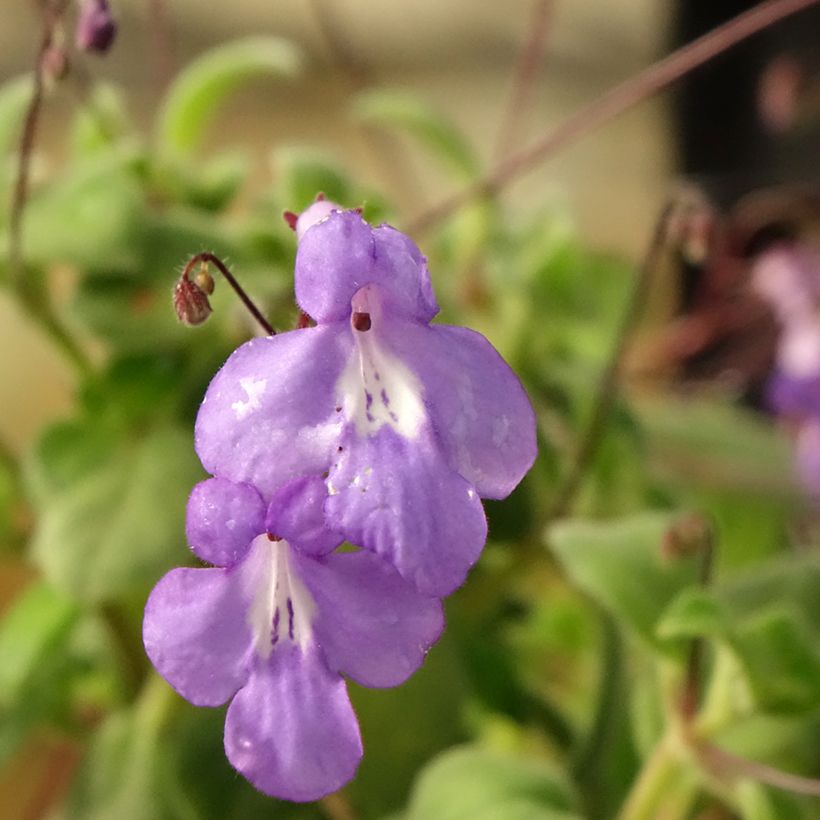



Flowering
Foliage
Plant habit
Botanical data
Streptocarpus
saxorum
Purple
Gesneriaceae
False African Violet
Cultivar or hybrid
Other Other varieties
Planting and care
Streptocarpus are non-hardy plants, which do not tolerate temperatures below fifteen degrees and appreciate partial shade and a humus-rich, moist but well-draining soil. The soil should be neutral to slightly acidic, without limestone. Regularly remove faded flowers to avoid exhausting the plants and promote reblooming. These plants are fertiliser-hungry and should be repotted when they become less floriferous. They are sensitive to stagnant humidity, which makes them susceptible to botrytis, and to excessively dry air, which promotes attacks from red spider mites. Water when the soil appears dry with non-limestone water. Avoid wetting the foliage during watering.
In spring, you can lightly prune to maintain a more compact habit for the plant, so that its foliage hides the pot when it is placed in a hanging basket.
Planting period
Intended location
Care
-
, onOrder confirmed
Reply from on Promesse de fleurs
Plug plants - Annuals
Haven't found what you were looking for?
Hardiness is the lowest winter temperature a plant can endure without suffering serious damage or even dying. However, hardiness is affected by location (a sheltered area, such as a patio), protection (winter cover) and soil type (hardiness is improved by well-drained soil).

Photo Sharing Terms & Conditions
In order to encourage gardeners to interact and share their experiences, Promesse de fleurs offers various media enabling content to be uploaded onto its Site - in particular via the ‘Photo sharing’ module.
The User agrees to refrain from:
- Posting any content that is illegal, prejudicial, insulting, racist, inciteful to hatred, revisionist, contrary to public decency, that infringes on privacy or on the privacy rights of third parties, in particular the publicity rights of persons and goods, intellectual property rights, or the right to privacy.
- Submitting content on behalf of a third party;
- Impersonate the identity of a third party and/or publish any personal information about a third party;
In general, the User undertakes to refrain from any unethical behaviour.
All Content (in particular text, comments, files, images, photos, videos, creative works, etc.), which may be subject to property or intellectual property rights, image or other private rights, shall remain the property of the User, subject to the limited rights granted by the terms of the licence granted by Promesse de fleurs as stated below. Users are at liberty to publish or not to publish such Content on the Site, notably via the ‘Photo Sharing’ facility, and accept that this Content shall be made public and freely accessible, notably on the Internet.
Users further acknowledge, undertake to have ,and guarantee that they hold all necessary rights and permissions to publish such material on the Site, in particular with regard to the legislation in force pertaining to any privacy, property, intellectual property, image, or contractual rights, or rights of any other nature. By publishing such Content on the Site, Users acknowledge accepting full liability as publishers of the Content within the meaning of the law, and grant Promesse de fleurs, free of charge, an inclusive, worldwide licence for the said Content for the entire duration of its publication, including all reproduction, representation, up/downloading, displaying, performing, transmission, and storage rights.
Users also grant permission for their name to be linked to the Content and accept that this link may not always be made available.
By engaging in posting material, Users consent to their Content becoming automatically accessible on the Internet, in particular on other sites and/or blogs and/or web pages of the Promesse de fleurs site, including in particular social pages and the Promesse de fleurs catalogue.
Users may secure the removal of entrusted content free of charge by issuing a simple request via our contact form.
The flowering period indicated on our website applies to countries and regions located in USDA zone 8 (France, the United Kingdom, Ireland, the Netherlands, etc.)
It will vary according to where you live:
- In zones 9 to 10 (Italy, Spain, Greece, etc.), flowering will occur about 2 to 4 weeks earlier.
- In zones 6 to 7 (Germany, Poland, Slovenia, and lower mountainous regions), flowering will be delayed by 2 to 3 weeks.
- In zone 5 (Central Europe, Scandinavia), blooming will be delayed by 3 to 5 weeks.
In temperate climates, pruning of spring-flowering shrubs (forsythia, spireas, etc.) should be done just after flowering.
Pruning of summer-flowering shrubs (Indian Lilac, Perovskia, etc.) can be done in winter or spring.
In cold regions as well as with frost-sensitive plants, avoid pruning too early when severe frosts may still occur.
The planting period indicated on our website applies to countries and regions located in USDA zone 8 (France, United Kingdom, Ireland, Netherlands).
It will vary according to where you live:
- In Mediterranean zones (Marseille, Madrid, Milan, etc.), autumn and winter are the best planting periods.
- In continental zones (Strasbourg, Munich, Vienna, etc.), delay planting by 2 to 3 weeks in spring and bring it forward by 2 to 4 weeks in autumn.
- In mountainous regions (the Alps, Pyrenees, Carpathians, etc.), it is best to plant in late spring (May-June) or late summer (August-September).
The harvesting period indicated on our website applies to countries and regions in USDA zone 8 (France, England, Ireland, the Netherlands).
In colder areas (Scandinavia, Poland, Austria...) fruit and vegetable harvests are likely to be delayed by 3-4 weeks.
In warmer areas (Italy, Spain, Greece, etc.), harvesting will probably take place earlier, depending on weather conditions.
The sowing periods indicated on our website apply to countries and regions within USDA Zone 8 (France, UK, Ireland, Netherlands).
In colder areas (Scandinavia, Poland, Austria...), delay any outdoor sowing by 3-4 weeks, or sow under glass.
In warmer climes (Italy, Spain, Greece, etc.), bring outdoor sowing forward by a few weeks.






































